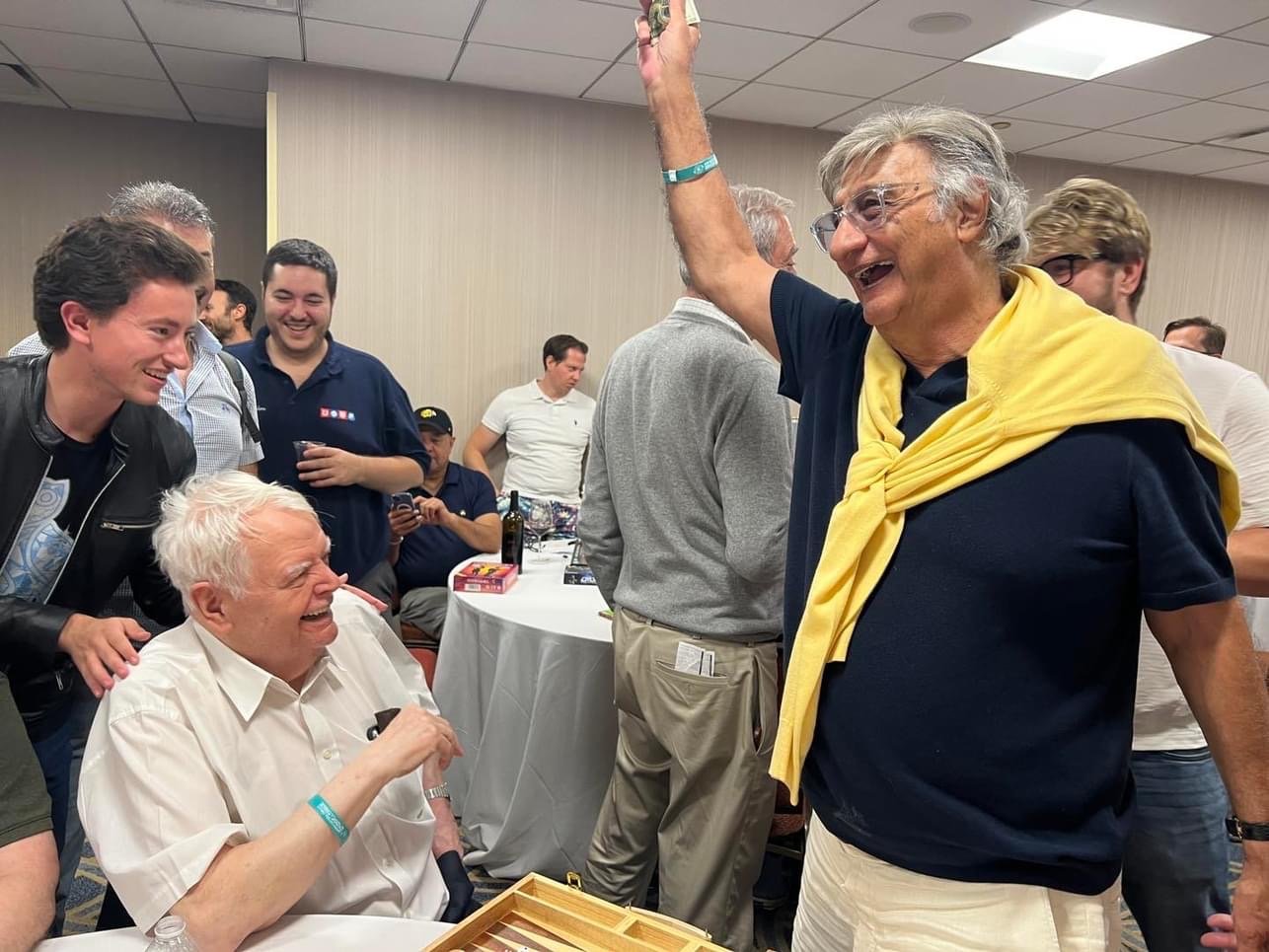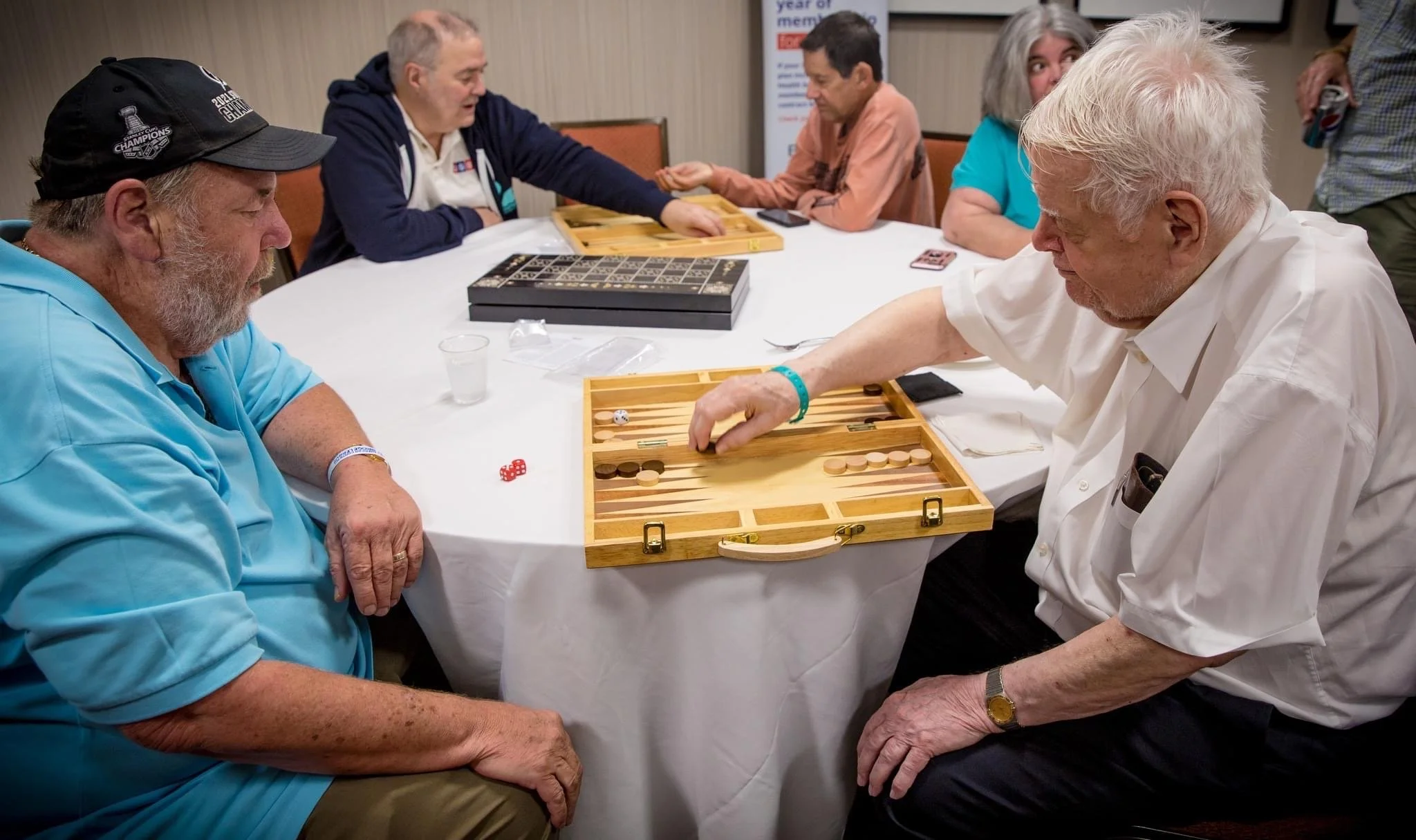The latest upgrade to “modern expert bidding”. If you love gadgets, this is what you should add to your bidding system.
Balanced hand bidding is relatively easy. We can usually describe our hand to partner by opening 1NT or rebidding 1NT. This lets partner know both our points and our hand type with either our first bid (when we open 1NT, the best situation) or with our second bid (when we rebid 1NT). However, if we have a big balanced hand then we need to have tools for describing our hand as well. These usually involve the use of 2NT – as a rebid, an opening bid, or even a rebid after having opened the bidding 2♣. But this does not solve all our bidding problems when we have these large balanced hands. Let’s look at these auctions in detail, see some of the issues, and then look at a useful gadget called Kokish to help us bid better.

When partner makes a bid and we choose to bid a suit of our own, it is called a freebid. In most normal situations freebids show values (called positive freebids) and are often forcing 1-round. We’ve all heard the saying -- a new suit is forcing by an unpassed hand. Unfortunately, this is not always true, but it is often our agreement. Let’s look at freebids made by a passed hand and see how the fact that we have already passed changes these situations.

Jumping in the auction eats up a lot of bidding space, which is likely to make communicating with partner more difficult. Since our jump bid may make future communication more difficult, it should have a specific meaning. When partner opens the bidding, Responder’s jump shifts can be used to show a variety of different types of hands. We need to decide, as a partnership, which ones we want to use. We will choose different agreements for different situations.

One of my favorite sayings is “2NT is a convention, not a contract.” In specific situations, Responder can use 2NT as conventional raise of Opener’s suit. Sometimes we need to choose between several different conventional methods for competitive auctions. Here we look at our options for how to best use 2NT.

When responding to partner’s 1-Major opening bid, Responder tries to apply the Law of Total Tricks (LOTT) – getting to the size of the partnership’s fit as quickly as possible. This is particularly true in competitive auctions but is also useful in constructive auctions. Responder must balance showing the size of their fit with showing their values. This LOTT bidding is especially effective when our side has a 9+card fit. In this case, the auction is likely to become competitive if the opponents have some values as well. Predicting this to happen, we would like to be able to compete to the 3-level with a 9+card fit as quickly as possible, eating up the opponents’ bidding space while showing our values. Bergen Raises are a set of conventional bids Responder can use when responding to a 1-Major opening bid with 4+card support (at least a 9+card fit). Let’s see how this system works.










